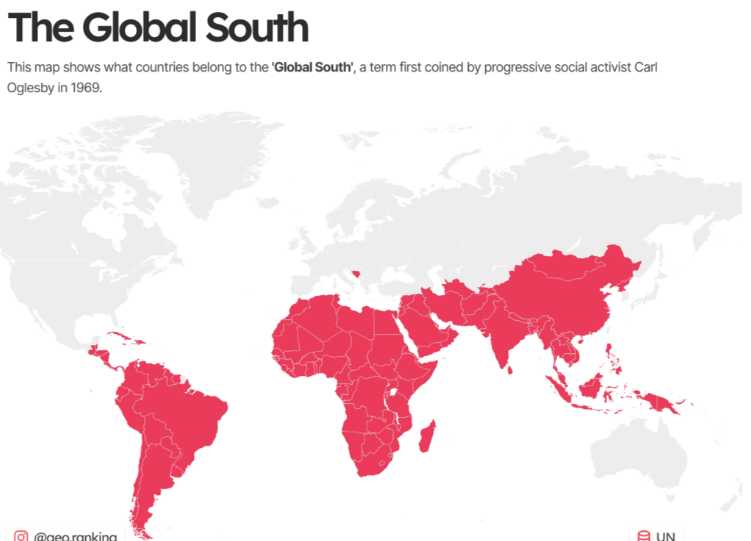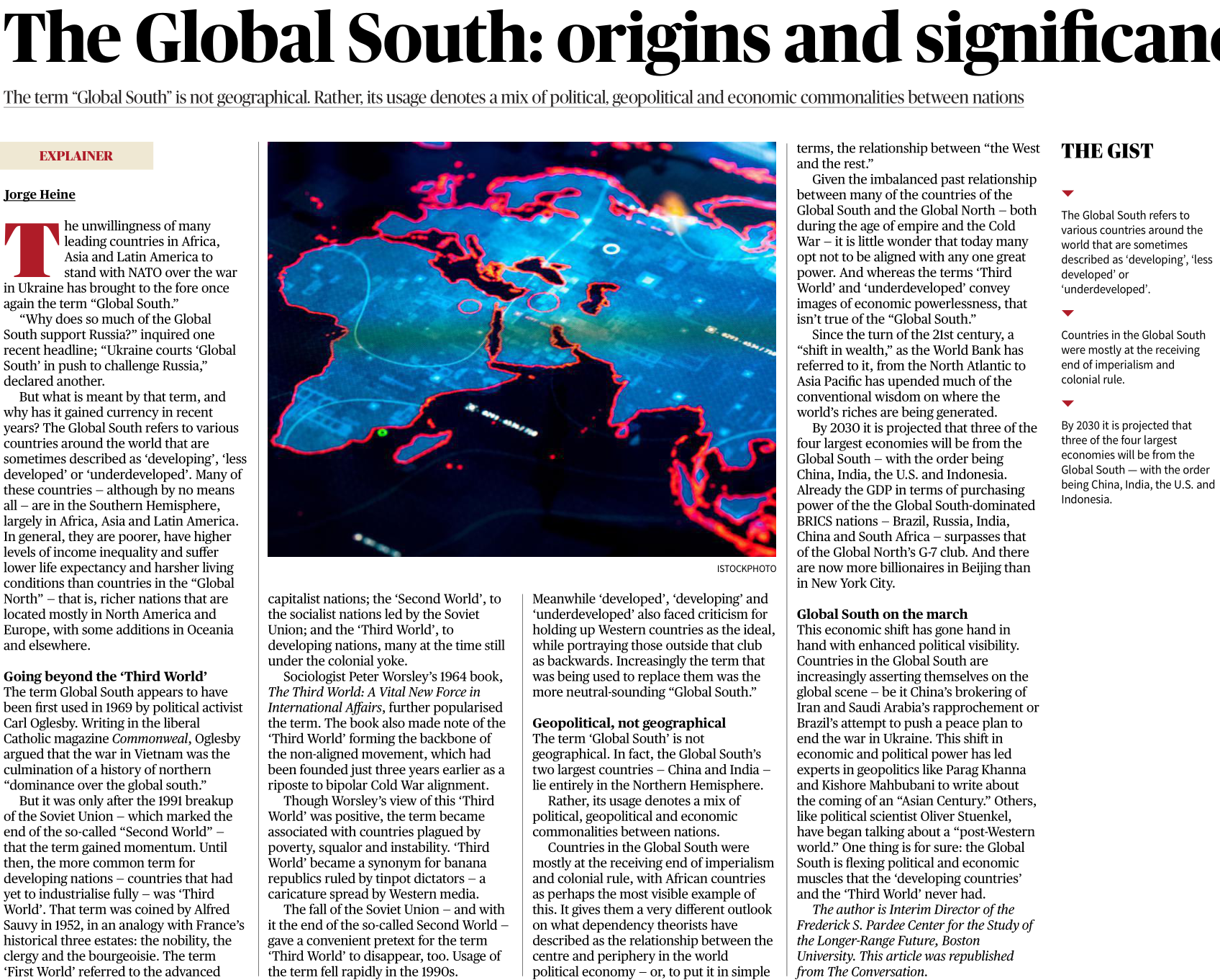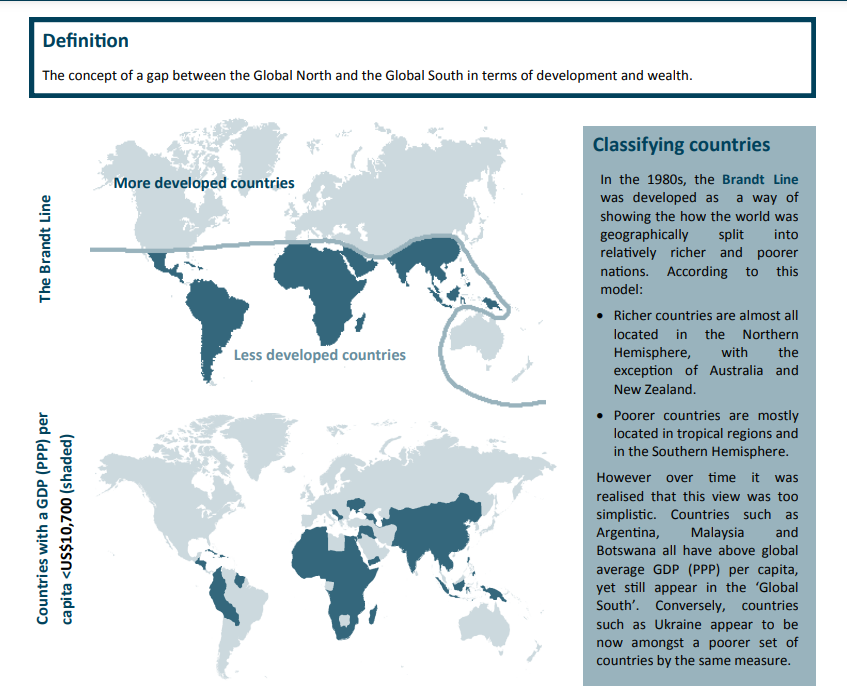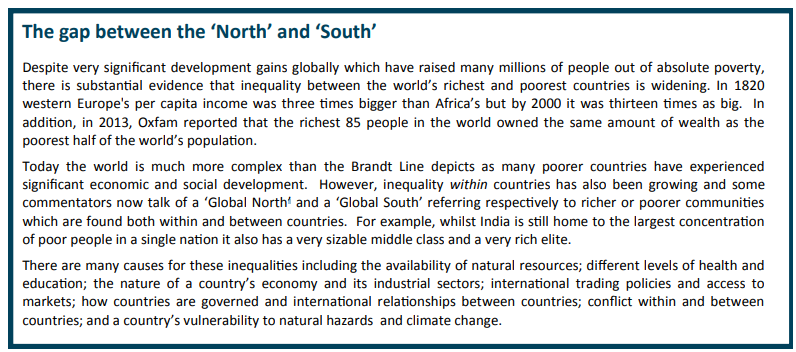Free Courses Sale ends Soon, Get It Now


Free Courses Sale ends Soon, Get It Now



Disclaimer: Copyright infringement not intended.
Context

Understanding the Global South


Genesis of Global South
Geopolitical connotation
Economic Shift
|
PRACTICE QUESTION Q. Countries in the Global South are increasingly asserting themselves on the global scene and the Global South is flexing political and economic muscles that the “developing countries” and the “Third World” never had. Comment. |
© 2024 iasgyan. All right reserved